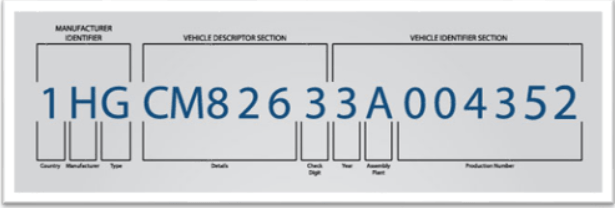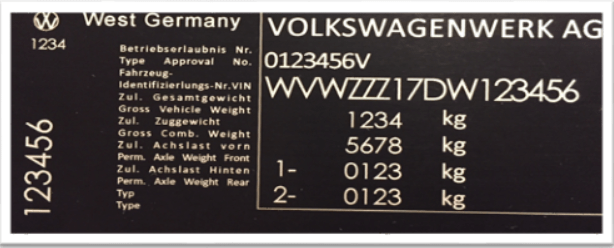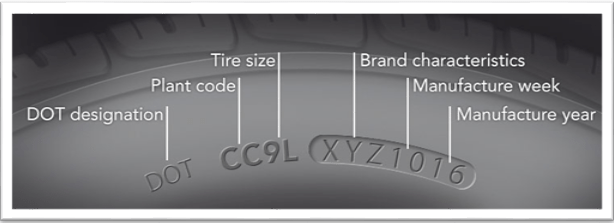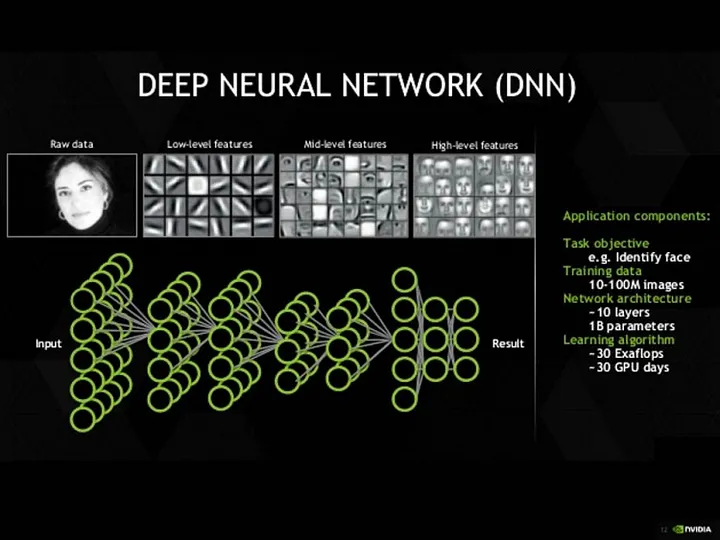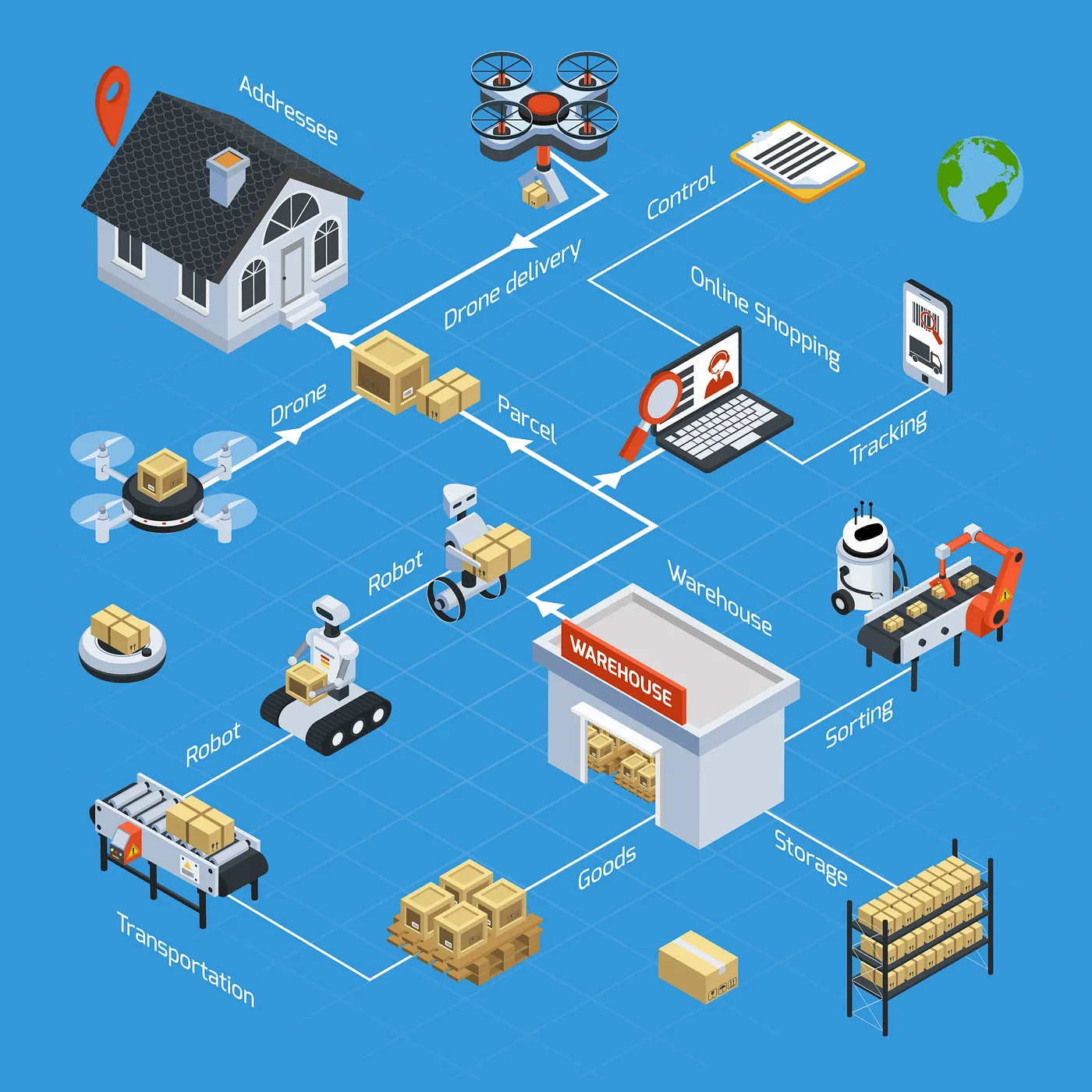Automation has become a sought-after solution for industrial processes. The era of automation has revolutionized every sector implementing its adoption in workflows. The Healthcare industry is being revamped by automation for delivering seamless and quality patient care. It mitigates human errors resulting in high efficiency of medical services and administrative operations.
With increased technological improvements and advanced procedures, it is necessary to stay competitive by integrating digital technology into everyday processes more efficiently.
Healthcare organizations face difficulty in managing patient scheduling and appointments manually. Patient registration is a major task for clinicians and many hospitals rely on manual efforts for the entry of patient details which are often prone to errors, and long tiring hours of manual entry.
A smart automatic solution is required to perform the registration tasks and simplify most of the repetitive work.
Transforming Patient care with digital technology!
Artificial intelligence is a dominant tool and is being utilized for various workflow management solutions. A recent survey showed that nearly 90% of healthcare organizations use AI and automation strategies to automate their workflow processes.
AI solutions help healthcare workers perform tasks automatically without much human intervention. Software-based data capture tools help industries efficiently automate workflow processes by integrating them into smart devices.
Scanflow is an AI scanner for data capture and workflow automation for industries. Scanflow captures any form of data from Texts, IDs, Numbers, Barcodes, and QR codes. It provides the user with instant real-time insights from the data captured.
Patient Registration with Scanflow Smart ID scanning
Scanflow helps healthcare workers scan their patient’s National ID cards and retrieve patient information such as name, DOB, address, and contact details which are needed for the admission process. Scanflow ID scanning software hugely saves time and improves patient care and safety.
Once the patient’s details are registered, they will be given unique ID codes that they have to carry during subsequent visits to confirm their identity. This process helps in easy appointment scheduling and knowing the patient history and medication details.
Scanflow ID scanning reduces errors caused by manual data entries and keeps track of patient details.
Scanflow ID scanning SDK can be easily integrated with any smart device or existing enterprise application. It supports multiple operating systems like iOS, Android, Reacts Native, and Xamarin.
- Benefits of using Scanflow in Healthcare
- Simplifies and automates workflow operations
- Scan in any challenging conditions with high accuracy
- Increases the mobility & productivity of healthcare workers
- Improves patient safety by reducing the long waiting queues.
- Can be easily upgraded from any development platform
Scanflow supports workflow operation with innovative digital technology for automation by meeting the requirements of efficient healthcare services. Eventually, it results in the patients receiving quality care and workers being liberated from intensive front-end tasks. Scanflow helps enterprises by giving the existing smart device the power of data capture and transforming them towards automated solutions.



